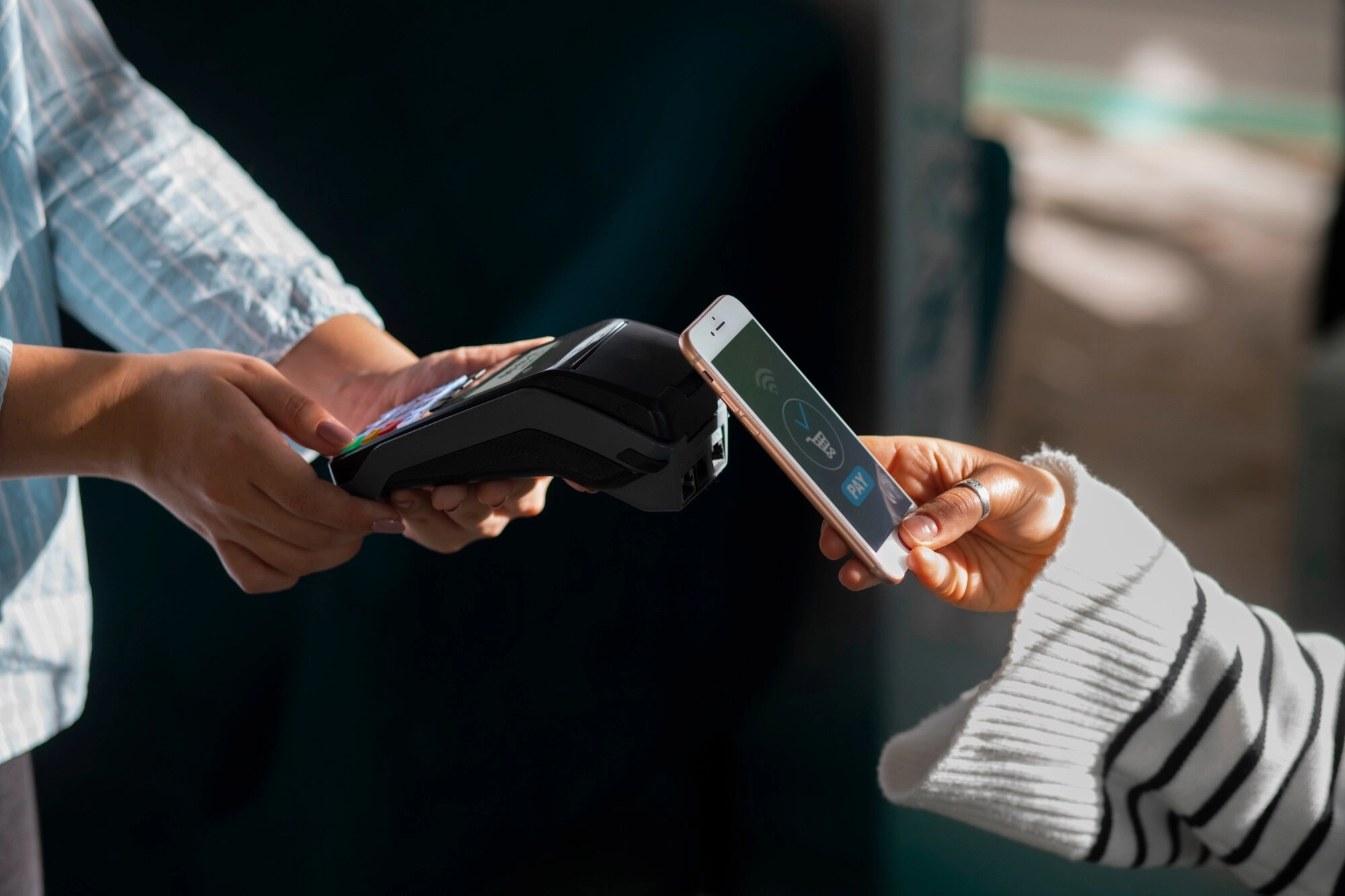
In the highly competitive e-commerce landscape, crafting an exceptional customer experience through various digital touchpoints is critical to attracting more customers. Moving beyond brick-and-mortar stores, consumers are getting access to products at their fingertips.
What is mobile commerce (m-commerce)?
M-commerce (mobile commerce) is the process of buying and selling goods and providing services through wireless handheld devices such as smartphones and tablets. Nowadays, m-commerce is gaining popularity. As mobile commerce accounts for 60% of all e-commerce transactions worldwide, businesses should capitalize on this opportunity to drive growth.
3 Types of Mobile Commerce
Generally, mobile commerce is classified into 3 main categories:
Mobile shopping
As consumer expectations grow, providing a basic digital experience is not enough. Instead, creating an omnichannel e-commerce experience—a business strategy where consumers can engage with a brand and take different actions through multiple channels seamlessly—is necessary. This strategy means customers can view products on their mobile app, purchase products in physical stores, and receive assistance through phone, email, or virtual assistants.
Mobile banking
More and more consumers are using mobile banking thanks to its accessibility and ease of use. According to Deloitte, 73% of users worldwide turn to online banking at least once a month, while 59% use mobile banking apps. However, the increasing adoption of mobile banking apps is associated with cybersecurity risks. Specifically, cybercriminals are targeting in-app purchases and financial transactions within mobile apps by exploiting weaknesses in transaction security. As AI and machine technology advance, hackers will find more ways of obtaining private data. Thus, in the years to come, banking will need to integrate different cybersecurity technologies and platforms to create a more cohesive and streamlined approach to protecting sensitive information.
Mobile payments and digital wallets
The m-commerce market is divided into near-field communication (NFC), premium SMS, direct carrier billing, and others based on payment mode. Specifically, customers can make secure and contactless payments with a simple tap on NFC-enabled devices to eliminate the need for physical cards or cash. This convenience has led to the widespread adoption of mobile payment solutions such as Apple Pay and Google Pay, with Apple Pay taking up around 92% of the market share.
What factors fueled mobile commerce growth?
Generational shift
A tech-savvy younger generation is one of the key drivers behind this m-commerce growth. These digital natives, who have grown up with smartphones in their hands, naturally gravitate towards mobile shopping for its ease and efficiency. Research revealed that the majority of Gen Z prefers mobile app purchases, with 28% of Gen Z prefer buying a product via mobile apps.
The rise of banking solutions

The increasing popularity of banking apps has made mobile commerce widely adopted because of its ease of use. These applications enable users to effectively manage their finances and conduct secure mobile transactions, utilizing features such as mobile wallets and contactless payments. According to PwC, over 90% of banks expect growth in the usage of mobile banking apps, much higher than any other financial sector.
Another factor contributing to the rise of m-commerce is digital wallets. According to a recent survey by Visa, 85% of respondents have at least one e-wallet or payment app, while 71% use these apps at least once a week.
What are the benefits of mobile commerce?
Enhanced customer satisfaction
As the e-commerce industry is venturing towards hyper-personalization, AI becomes a valuable tool for businesses. Specifically, AI can analyze users' browsing history, preferences, and purchase behavior to offer personalized product recommendations. This approach can significantly enhance customer satisfaction, as 63% of smartphone users are likelier to buy from companies whose mobile sites or apps provide relevant product recommendations. Mobile commerce offers a comprehensive and user-friendly interface, leading to greater customer satisfaction by providing easy access to all the necessary tools and features in one place, ultimately resulting in more convenience for users.
Besides, integrating a shopping function into social media platforms can further elevate user experience and offer a seamless way for users to discover and purchase products that customers are interested in. Some social platforms have introduced native checkout tools to prompt shoppers to buy in-app, making shopping on mobile commerce more accessible and streamlined. Instagram Checkout, for example, allows users to save their payment details to the app. When customers are ready to purchase, Instagram autofills the user’s information to complete a transaction.

More insightful customer data
An m-commerce app can be a rich source of customer data. By analyzing customer interactions on the app—such as time spent on various sections, visit frequency, and product views—businesses can strategically plan product launches, flash sales, and promotions to ensure maximum visibility and engagement. Furthermore, m-commerce enables collecting essential behavioral information, including customer preferences, preferred shopping times, and geographic locations. This data empowers businesses to fine-tune pricing strategies and craft promotional messages that resonate more precisely with local audiences.
Additionally, mobile commerce can help businesses extend their reach and access to a larger customer base. The user-friendly interface and integrated payment options in mobile apps lead to 157% higher conversion rates than mobile websites. Ultimately, this e-commerce channel can significantly increase companies' revenue streams.
Improved operational efficiency for businesses
Mobile commerce apps can streamline operational processes by enhancing customer services. Specifically, automating tasks such as marketing and customer communication with automated chatbots reduces the need for manual intervention. In addition, centralized inventory management through mobile commerce minimizes the necessity for maintaining stock at multiple locations, which can consolidate inventory control and reduce overhead expenses.
The future of e-commerce is at your fingertips
With the rapid growth of mobile devices, the e-commerce industry has embraced mobile-focused strategies to offer customers a more convenient shopping experience. With integrated tools to create a smooth checkout process and gather valuable consumer insights, mobile commerce can help enterprises foster deeper customer relationships, expand their customer base, and boost revenue.
Discover how we can help reinvent digital commerce and experience and take your business to the next level here.






























